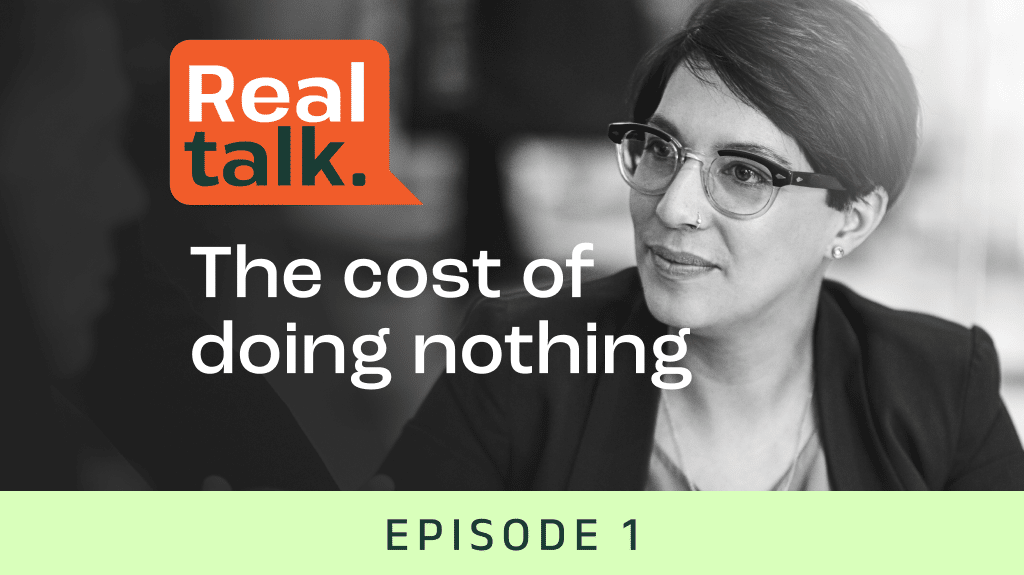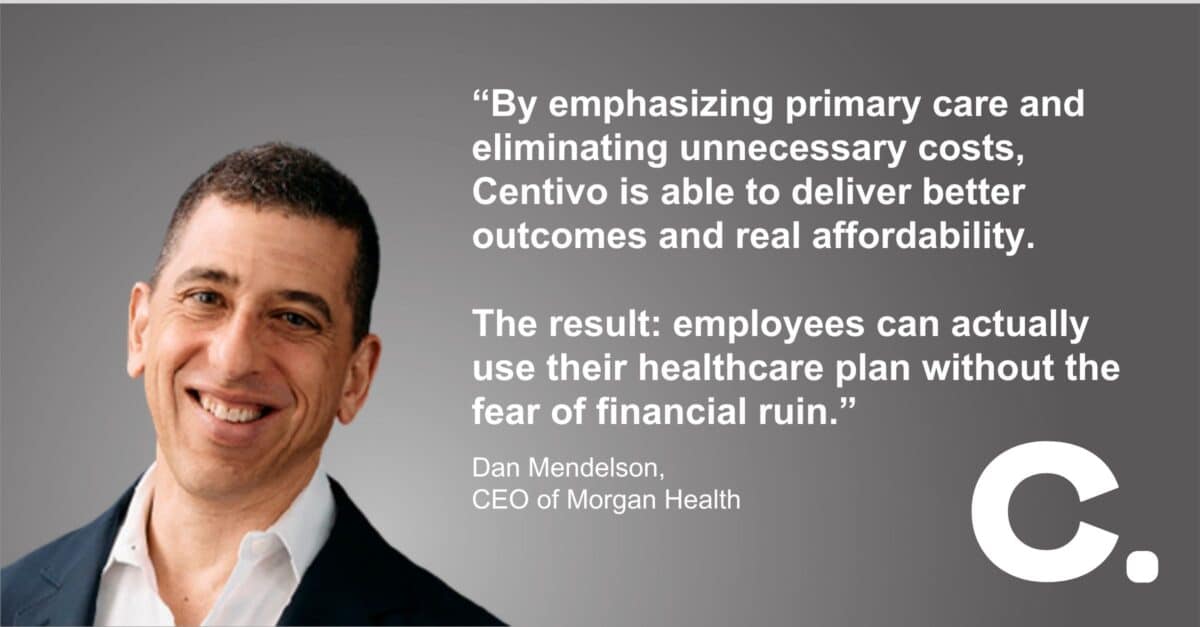Primary care was meant to be the “quarterback” of the healthcare system — a trusted partner guiding patients, driving early intervention and prevention, ensuring access to the affordable care people need. It was the place where care began, relationships were built and long-term health was nurtured.
But somewhere along the way, that vision got lost.
If you’re over 50, you may remember a time when patients had a real, trusting relationship with a primary care provider. Today, that experience is increasingly rare. Skyrocketing copays and deductibles, confusing benefits and limited access have pushed patients away from high-touch primary care and toward urgent care clinics or emergency rooms, which are not only more costly but disconnected from the rest of a patient’s care.
We don’t necessarily need to go back to the old primary care model, but it’s time we forged a path ahead to something new. The reimagination of primary care isn’t your mom’s primary care; it’s more virtual, more affordable and designed for today’s patients.
In this episode of Real Talk: Primary Care – Back to the start, I sat down with Dr. Christopher Crow, CEO & Founder of the Catalyst Health Group, and Dr. Raj Shah, Sr. Medical Director at Centivo, for a wide-ranging conversation on what it will take to build that new primary care model.
Primary care goes virtual
Primary care is quickly shifting towards virtual care, but unlike some telehealth models that prioritize speed and convenience for one-off visits, today’s virtual primary care models are designed for continuity and long-term health management.
Dr. Shah, Sr. Medical Director of Centivo Care, Centivo’s virtual primary care practice, says that up to 80% of care typically conducted in an in-person setting, can be conducted successfully in a virtual care setting, and much more conveniently for the patient.
Referrals are made to in-person specialists, imaging or labs when necessary, but virtual providers stay involved: they review lab results, follow up on specialist visits and ensure nothing falls through the cracks. It’s critical that virtual providers build strong connections to the rest of the care continuum. This model of “hybrid care” is what elevates Centivo Care to a comprehensive solution for patients.
A focus on re-aligning incentives
One of the biggest barriers to fixing primary care isn’t clinical, it’s financial.
As Dr. Crow noted, the traditional fee-for-service model rewards volume. The more visits, tests or procedures performed, the more revenue generated. And with healthcare prices continuing to rise, only the insurance companies, hospitals and brokers stand to gain.
But in a subscription-based or capitated model, incentives are aligned across the board.
Providers aren’t paid more for doing more tests or visits. They’re rewarded when patients stay healthy and avoid costly and unnecessary care down the line.
With a predictable income stream, providers are freed to address behavioral health, social needs and lifestyle, things that don’t always generate revenue in a fee-for-service system but deeply impact health outcomes.
Essentially, the provider succeeds when the patient stays healthy and satisfied. It’s a win-win-win for patients, providers and employers.
What can employers do differently?
For employers who want to break the cycle of rising costs and stagnant results, Dr. Crow posed a question:
“If I’m an employer I’d say, ‘Am I with the same health plan and the same broker that I’ve been with the past 5 years, and my costs keep going up? Why would I keep doing the same thing?’”
The reality is change takes effort.
It’s easy to go with the same old big box, fee-for-service insurer, but that doesn’t mean better health outcomes for your employees.
When incentives are re-aligned around a patient’s health, you’ll see better outcomes, lower cost of care and better engagement.
Reimagining primary care isn’t optional
The future of healthcare hinges on the future of primary care. If we want a system that prevents disease, closes equity gaps, manages costs and truly supports health — not just healthcare — we need to make primary care central again.
That means bold policy changes. But it also means cultural changes — seeing primary care not as a commodity, but as a relationship. Not as a line item, but as an investment.
The good news: transformation is already underway at organizations like Centivo. We’re building an environment where people have better and more affordable access to their primary care providers, and with it, making real strides in population health.
Catch the video from Real Talk 3 here.
– Dr. Lisa Bielamowicz


